What Trocars are Used For
Trocars were originally used for draining fluids; however, its usage has become more well-known for its ability to allow other tool usage without needing to use scalpels or other cutting instruments to create the initial opening. This saves the surgeon's time and patients the physical pain and obvious scarring that comes with previously-used methods of opening an area around the stomach.
Other Applications
The current usage of trocars has broadened since its initial introduction into the surgical field. Many are still used for surgical procedures such as keyhole surgeries. Once the keyhole is set, other instruments such as cameras, graspers and needle drivers, can be inserted into the area. The small scar left afterwards makes the external healing process easier to handle as well. Trocars are currently being used by veteranarians as well, as they are able to be used for short term pet conditions such as bloating or to release trapped gas.
Where Trocars can be Used
While trocars are typically inserted into the abdomen, there are several areas where a trocar can come in handy. These areas include the stomach, intestine and omentum (fatty layer of the internal organs). The flexibility of these access instruments allows surgeons to make multiple moves internally without the need for multiple insertion sites or giant scars.
Available Sizes and Shaft Types
Trocars have several sizes available in order to cover several procedure types. In many cases they are available in 5, 11 and 12 millimeters in width. They're also available in 75, 100 and 150 millimeter lengths. Each width and length is suitable for different procedure types. The most common shaft types are smooth and stable. Smooth shafts allow for easier entry and removal while stable sleeves have rivets to keep the tool in place during the procedure.


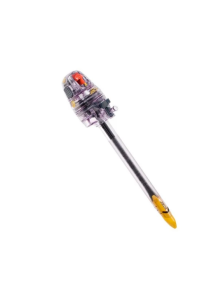

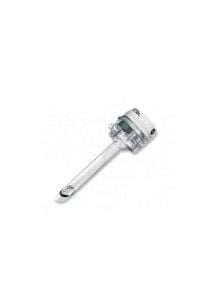
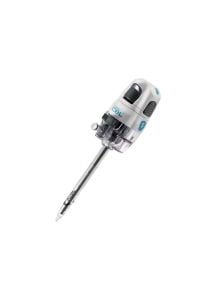
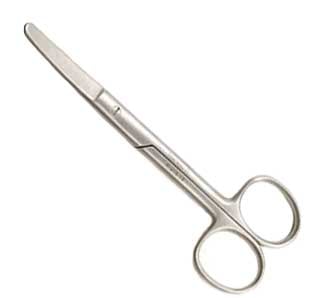
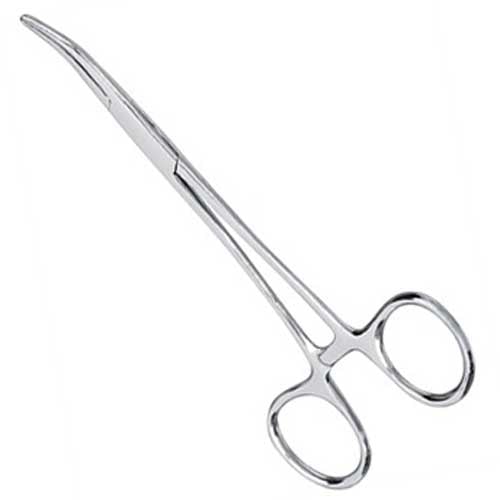
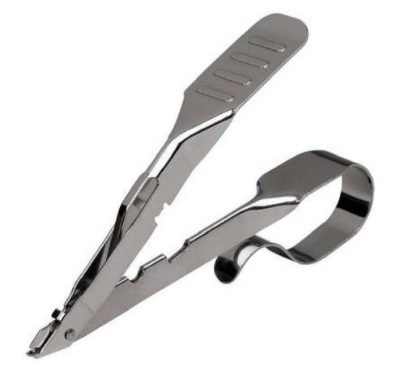
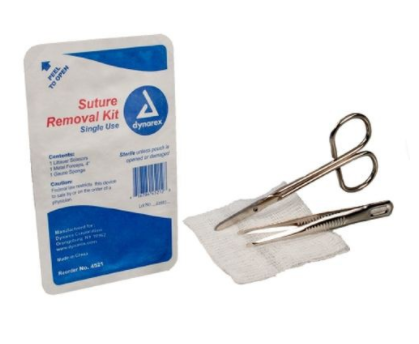
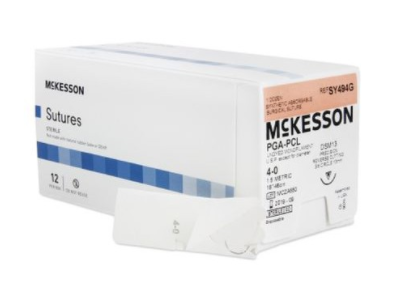
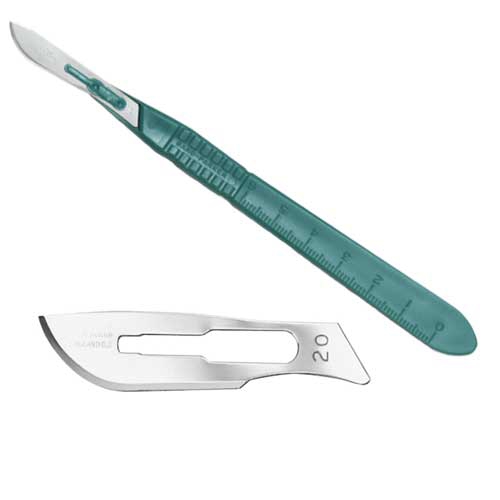
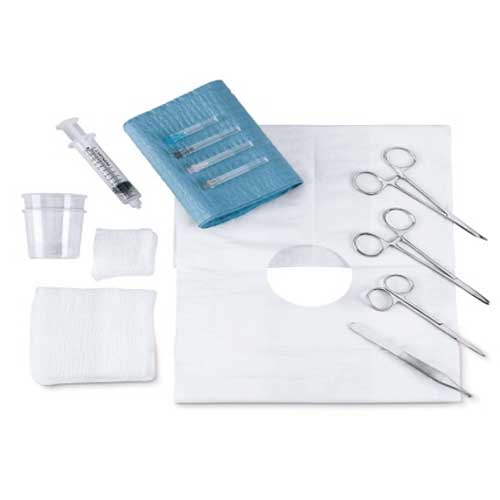
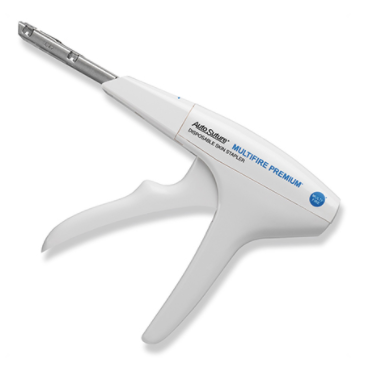
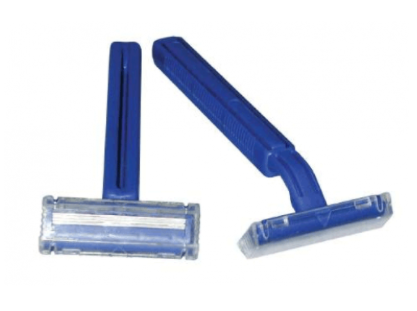
Login and Registration Form